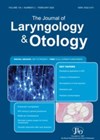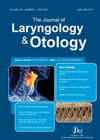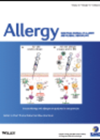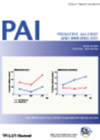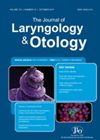
Journal Reviews
An objective office-based method for diagnosing allergic rhinitis
There are several signs of allergic rhinitis which, helped with skin prick and blood tests, can diagnose the problem. However, an endoscopic, on-the-spot test may surmount clinical uncertainties and invasive testing to acquire the same goal. In this study, the...
Nasal disease and quality of life in athletes
Rhinitis is a nasal condition which is generally underappreciated in primary care and even less in athletes. In this study, the authors specify nasal symptoms constituting rhinitis as nasal blockage, sneezing bouts, rhinorrhoea and itching and compare their prevalence in...
Mobile phones to assess productivity in rhinitis
Uncontrolled and moderate to severe allergic rhinitis (AR) has significant negative impact on work productivity. Work Productivity and Activity Impairment Allergic Specific Questionnaire (WPAI:AS) used to measure that impact showed this. Work productivity seems to improve when AR is treated....
Growing up smelling the roses
How often do we ask about sense of smell in children? Undoubtedly, the olfactory function is seldom formally assessed in the paediatric population, although evidence exists to suggest its potential links with handicap in children’s learning and development. This large...
Use of topical steroids and antibiotics, compared to systemic antibiotics in the treatment of acute rhinusinusitis
Acute rhinusinusitis is mainly initiated by viral infections. Bacterial infection is usually superadded. The inflammatory cascade upregulates the pro-inflammatory mediators resulting in pain, nasal obstruction and nasal discharge. Local application of steroids and antibiotics could provide a higher concentration of...

